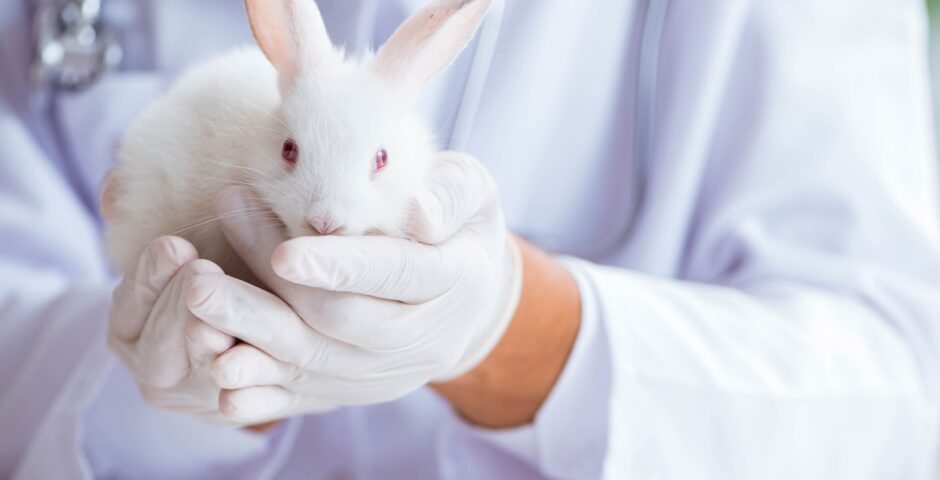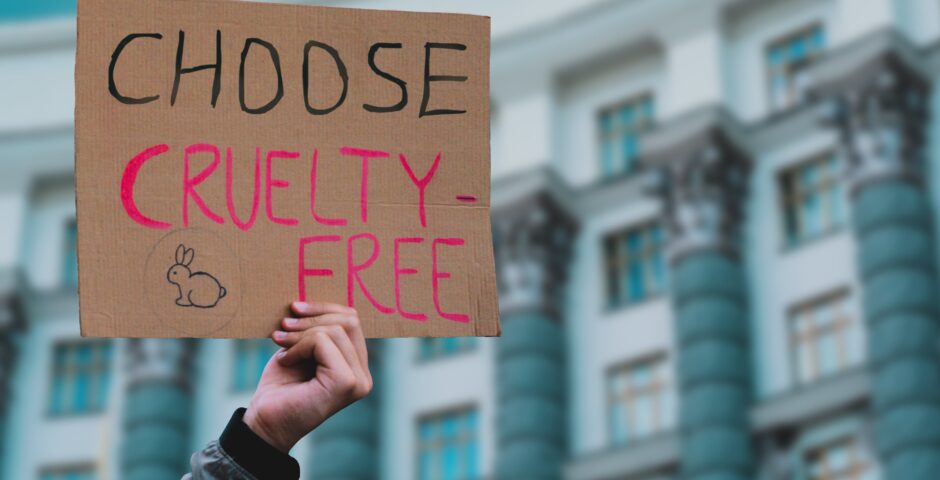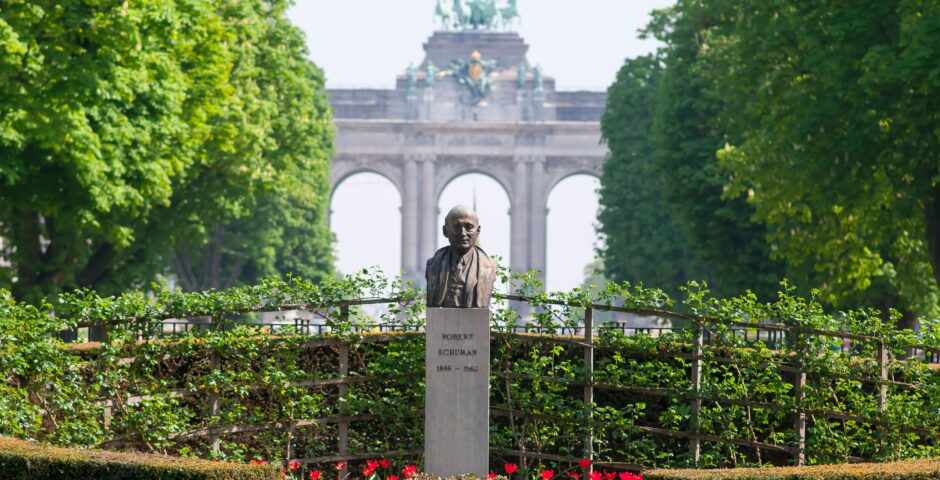Christmas Shoppers Must be Vigilant: Counterfeiters are Coming to Town

Tis’ the season
The digital commerce sector in Europe has significantly expanded since the onset of the COVID-19 pandemic, safely providing consumers access to goods in times when severe restrictions are in place to protect people’s health. In 2020, 73% of the EU-27’s population shopped online (up from 68% in 2019) – a trend that will surely continue over the winter holiday season. Lockdown restrictions are compounded by disruptions in the global supply chain, which means that online marketplaces are about to be ambushed by frenzied Christmas shoppers. Tis’ also the most wonderful time of the year for counterfeiters to ride the heightened demand for fast-moving goods by supplying fake products.
Counterfeit products are unauthorised imitations or reproductions of genuine goods designed to deliberately mislead consumers into believing they are acquiring the genuine product. Counterfeiting is an Intellectual Property infringement that threatens to destroy consumer confidence and brand reputation. Counterfeits’ inferior quality also raises significant health and safety concerns, which means increased vigilance is imperative when purchasing products online.
Festive Fakes, Toxic Toys, and Counterfeit Cosmetics
Unsafe toys typically flood the market as Christmas is approaching and counterfeiters are ready to cash-in. During the 2020 festive season, close to 5 million toys of a total value exceeding €16 million were seized in an operation organised by Europol and supported by OLAF (the European Anti-Fraud Office) and the EUIPO (the European Union Intellectual Property Office). OLAF’s mission is to investigate corruption and fraud involving EU funds while the EUIPO is managing European trademark and design rights, as well as venturing into “IP research, communication, knowledge sharing and cooperation with enforcement authorities”. As part of the Europol-led operation, almost all the confiscated toys posed a serious health risk for children. Counterfeiters ignore the safety rules and regulations authentic companies must abide by, peddling fakes that often contain toxic materials, are of unregulated size, may pose choking or strangulation hazards, and are even linked to risks of electric shocks and burns. The British Toy and Hobby Association revealed the results of a recent investigation into 255 random toy samples, according to which nearly half the toys purchased from third-party sellers on online marketplaces were unsafe for children to play with.
The global beauty and personal care industry, with an estimated value of USD 422.72 billion in 2020, is rife with counterfeiters ready to abuse the thriving industry. Cosmetics and perfumes continue to be some of the most popular items on this year’s Christmas wish lists. Since the pandemic began, the demand for skincare products has also risen threefold, propelled by self-care, health, and wellness social media trends. Cosmetics and skincare present a unique risk to consumers compared to other counterfeiting enterprises. While a counterfeit watch or knock-off purse can be easily discarded, cosmetics are manufactured for use on the skin, hair, eyes, or other areas of the body and their safety must be rigorously tested.
So, what happens when one ends up with a counterfeit cosmetics product? The best-case scenario is that the product will be disappointing and fail to deliver the expected level of quality, efficacy, or enjoyment. The worst-case scenario is that the product does not meet the safety requirements and may cause adverse physical reactions. Even reputable online marketplaces, including eBay and Amazon, are being misused by third-party sellers to exploit online shoppers and expose them to thousands of fake and potentially dangerous cosmetic products: such as mascaras laced with arsenic or MAC eyeliners filled with 46 times the permitted level of copper. As counterfeiters are becoming more skilled at replicating genuine items, many consumers are left unable to decipher between the original and fake copies.
Counterfeiting is a Growing Priority
The huge price discounts that counterfeiters can offer are a key red flag as well as the main incentive attracting customers. In the midst of holiday sales, consumers may in fact assume that they are buying genuine products at a bargain price. The production and distribution of counterfeit products have also become a more sophisticated operation of global proportions. Counterfeit products are no longer limited to illicit vendors hidden at train stations or sidewalks but have now flooded reputable online marketplaces, legitimate-looking web shops, and social media. It is now extremely easy to set up a convincingly accurate website or Instagram account that borders on impersonating the brands’ online presence. Due to the increased use of the Internet, robust and concerted efforts are imperative if the global proliferation of counterfeiting is to be curbed.
EU Anti-Counterfeit Solutions
Within the EU, infringements of intellectual property rights (IPR) may lead to non-criminal sanctions and measures, which some consider having too low a deterrent effect. Customs authorities of the EU Member States rely on Regulation (EU) No 608/2013 as the legal basis for IPR enforcement. The EU’s anti-counterfeit strategies also require intensive cooperation between enforcement authorities. The Intellectual Property Crime Coordinated Coalition (IPC3), created jointly by Europol and the EUIPO, is in fact Europe’s response to intellectual property crime. The European Commission has also previously issued statements on buying safe products and giving “the gift of safety” during the holiday season. Certain safeguards are in place to further assist consumers in navigating the e-commerce arena. For example, when purchasing toys, one must pay attention to the CE marking being in place. If the toy contains electronics, the electrical safety label must be attached.
Besides the EU institutions and enforcement agencies, online marketplaces have a special responsibility and power to monitor and tackle illegal content. The forthcoming Digital Services Act will set higher standards for online marketplaces’ takedown practises in the EU. Brand owners can also adopt online brand protection solutions such as proactively monitoring marketplaces, enforcing their IP rights across platforms, and educating consumers. In the private sector, many online retailers have already introduced internal mechanisms for “for spotting and disciplining offers involving counterfeit goods on its platforms”. Finally, consumer diligence is imperative. When it comes to avoiding knock-offs, the City of London Police’s Intellectual Property Crime Unit recommended that people “trust their instincts – if an offer looks too good to be true, then it probably is”. It also said consumers should check the spelling and grammar on websites, verify the domain name in the URL, and look out for a European address or email. When scouring online marketplaces, one must also carefully read the reviews and product descriptions.
Conclusions
As consumers migrate to online shopping spaces, counterfeiting will continue to expand at an exponential pace. Consumers may have to reckon with the devastating and insidious risks counterfeit products pose for human health and safety. Knock-offs also undermine consumer trust, sabotage brand reputations and take a great economic toll on all industries, bringing about “job losses, missed sales opportunities and lost tax revenues”. Counterfeiting is a complex and international phenomenon, and Europe’s approach to combating counterfeiting must be similarly multilateral and global. We have seen that cooperation between European enforcement agencies is possible and yields fruitful results. International forums such as the annual plenary meeting of the EUIPO Observatory on Infringements of Intellectual Property Rights further foster the multinational cooperation necessary for a comprehensive response to counterfeiting. The plenary meeting was also attended by Amazon representatives, suggesting that IPR protection requires multi-stakeholder cooperation. In order to succeed, the “EU Toolbox against Counterfeiting” must be versatile and comprehensive, with a focus on building strong legislative frameworks, fostering international cooperation, and investing in consumer education.
Madalina graduated from the University of Groningen with a degree in International and European Law. She is currently pursuing a career in online brand protection.
Featured Image: Shutterstock




